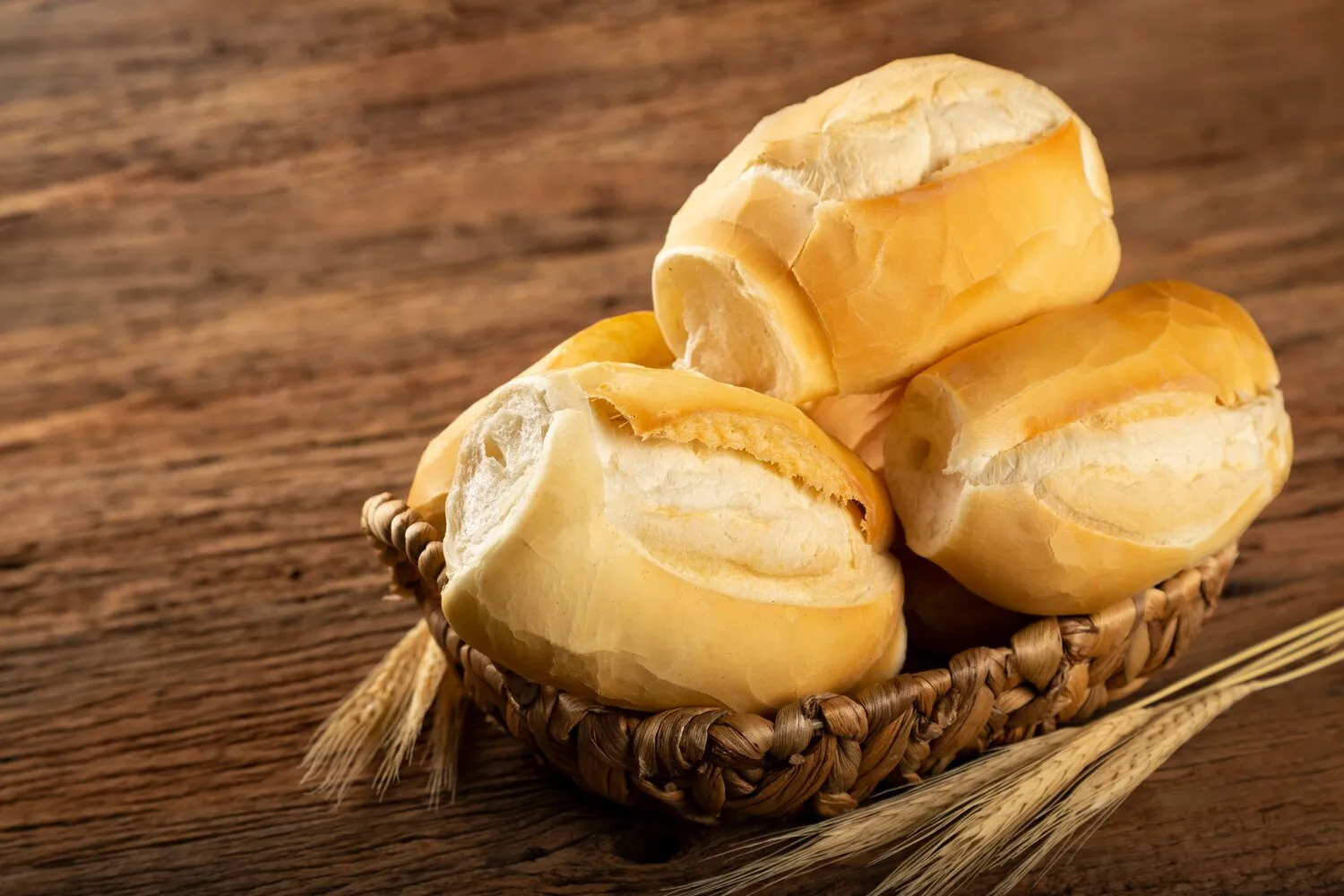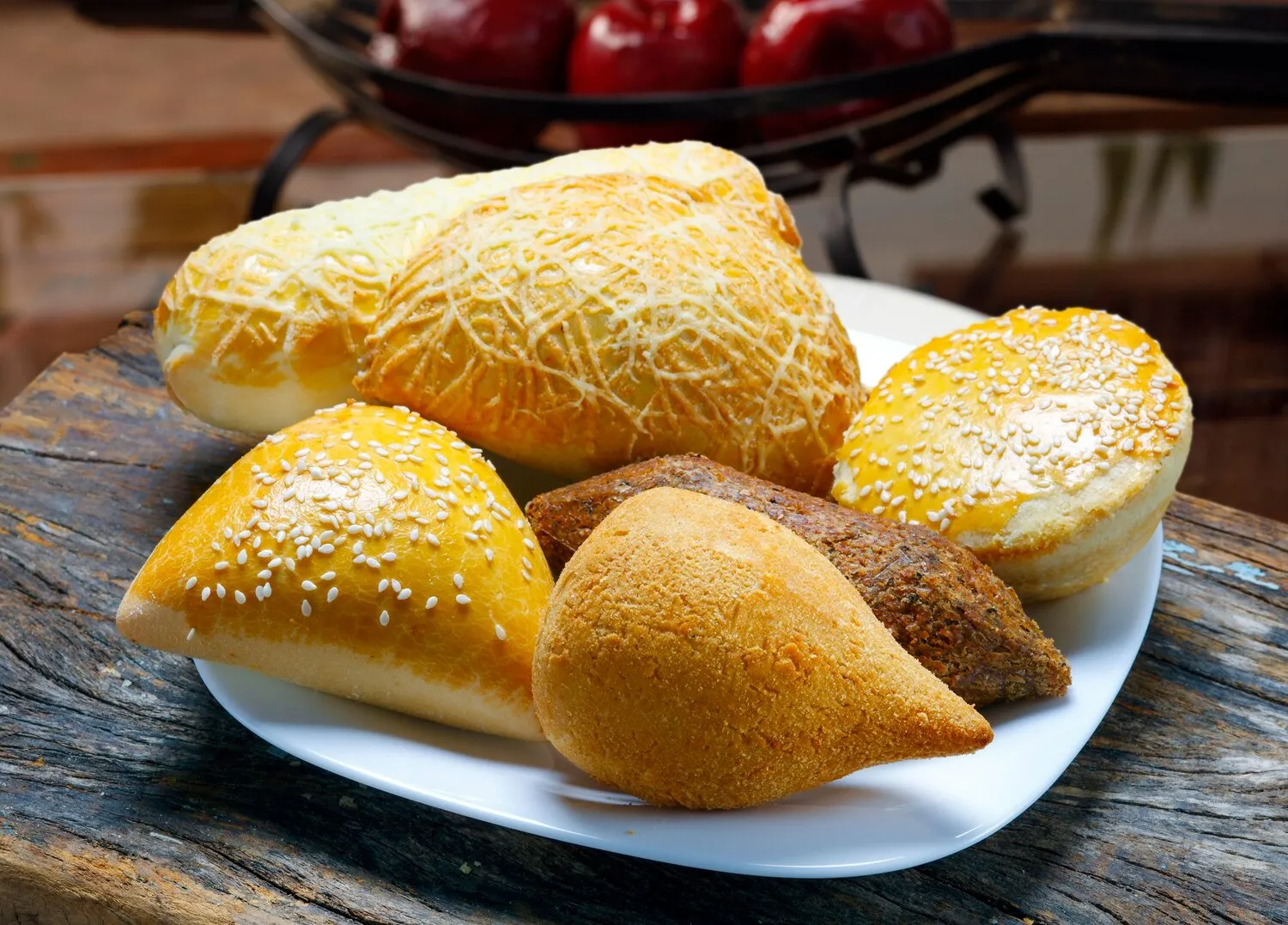
Bolo
Cakes. It is possible that Ping Pão Padaria sells different types of cake.
Nutrition Facts
* The % Daily Value (DV) tells you how much a nutrient in a serving of food contributes to a daily diet. 2,000 calories a day is used for general nutrition advice.
Portuguese cakes, or bolos, have a rich history influenced by various cultures and ingredients brought to Portugal through trade and colonization. The use of spices like cinnamon and cloves reflects historical trade routes with the East, while the influence of conventual sweets (doces conventuais) is evident in many recipes. These cakes often incorporate egg yolks and sugar, a legacy of the convents where nuns developed elaborate recipes to support themselves. The introduction of ingredients from the Americas, such as sugar and certain fruits, also played a role in shaping the diverse range of Portuguese cakes.
Cakes, or bolos, hold a significant place in Portuguese culture, often associated with celebrations, holidays, and family gatherings. Different regions have their own specialties, and certain cakes are traditionally prepared for specific occasions.
Celebrations and Holidays
Cakes are an integral part of celebrations such as birthdays, weddings, and religious holidays like Christmas and Easter. Special cakes are often prepared for these events, reflecting the festive atmosphere.
Regional Specialties
Each region of Portugal boasts its own unique cake recipes, often passed down through generations. These regional specialties contribute to the rich diversity of Portuguese cuisine.
Family Traditions
Baking cakes is often a cherished family tradition, with recipes carefully guarded and passed down through generations. Sharing cakes with family and friends is a sign of warmth and hospitality.
Portuguese cakes boast a wide array of flavors, ranging from rich and eggy to light and fruity. Common flavors include almond, cinnamon, lemon, orange, chocolate, and various liqueurs. The sweetness level can vary depending on the type of bolo, with some being intensely sweet and others having a more subtle sweetness.
Common ingredients include eggs (especially egg yolks, providing richness and color), sugar (in varying degrees of sweetness), wheat flour (forming the base), butter or olive oil (for moisture and flavor), and a variety of flavorings such as cinnamon, lemon zest, orange zest, almond extract, chocolate, port wine, or other liqueurs. Nuts, particularly almonds and walnuts, are also frequently used. Some bolos incorporate fruits, such as apples, oranges, or dried fruits. The specific flavors and ingredients vary greatly depending on the regional origin and the type of bolo.
Use Fresh, High-Quality Ingredients
The quality of the ingredients directly impacts the flavor and texture of the cake. Use fresh eggs, good quality butter, and flavorful spices for the best results.
Follow Recipes Carefully
Traditional Portuguese cake recipes often have specific instructions that are crucial for achieving the desired outcome. Pay close attention to measurements and baking times.
Experiment with Flavors
While traditional recipes are a great starting point, don't be afraid to experiment with different flavor combinations to create your own unique variations. Consider adding different fruits, nuts, or liqueurs to customize your cakes.
Explore additional Bakery dishes and restaurants
Explore BakeryDiscover top dining spots and culinary experiences in Betim.
Explore BetimLearn more about the food culture, restaurant scene, and culinary heritage of Brazil.
Explore Brazil
